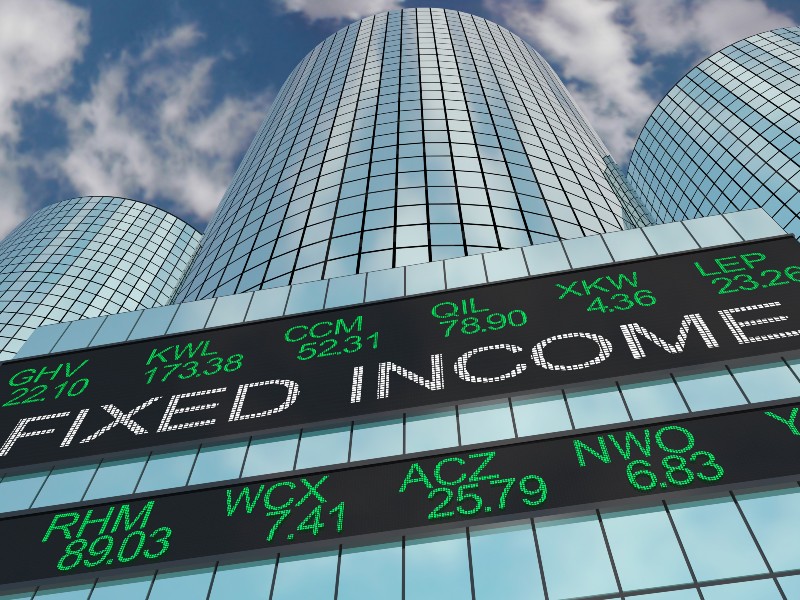
With lower return expectations from traditional asset classes and yields still near historical lows, many investors are looking to make their fixed income portfolios work harder, but in a risk-controlled fashion.
But can yield be added to the portfolio without affecting your bond allocation? Jeff Moore, portfolio manager with Fidelity Investments, says yes, bond yield is very important for every plan sponsor to consider — as long as they are aware of all the risks.
“Bonds are a wonderful asset class, because you don’t have to guess what they’re worth,” Moore says, highlighting how payoff at maturity is relative to cash. The big issue for investors is that low interest rates imply low future returns, since compounding opportunities are lessened.
Moore says unlike stocks, or unlike some commodities plan sponsors may have access to, bonds change their nature over time as the maturity date gets closer.
Bonds are also paying coupons and often shortening in maturity, which means reinvesting is critical. “You’re always trying to catch up with the bond market, you’re always trying to reinvest those cash flows.”
Bonds also offer diversification, and not just in the form of low correlation with equities, Moore says. Investment- grade debt and government bonds can provide a negatively correlated investment relative to stocks.
This is not true of all bond investments, however.
High yield, leverage loans and emerging markets have much closer correlations to stocks and consequently do not offer as much diversification.
However, he says, there are specific time periods where investors might want to add yield and total return, and, yes, experience a possible drawdown, by adding derivatives or other forms of higher-yielding debt. “Bonds have characteristics just like everything; they wiggle in a certain way.”
THE CASE FOR MULTI-SECTOR
Moore says that’s what makes a lot of multi-sector products so compelling, offering the right amount of volatility and a lot of income, and requiring more than one standard deviation event to affect the investment.
Keeping the volatility in mind, high yield can act like a bond in some cases, and in others it has more stock-like qualities, he says, adding that emerging markets always act like stocks in terms of volatility. That’s why benchmark choices, with the right amount of volatility, really matter.
“You can look at the fund yield versus whatever benchmark you picked,” he says. “Look at its spread duration and its beta-adjusted spread duration; look at its leverage in the marketplace so when you roll out the whole portfolio you can see how risky it is.”
The challenging question for plan sponsors right now is, how do you take the right amount of risk knowing underperformance is a possibility? Moore says the key to this answer is investment horizon and compounding. While there may be times when plan sponsors are unhappy because a manager produces a short-term negative return, he says in most cases — where the manager is focused on an all-bond portfolio — they’re going to get it back by compounding fast and adding risk to take advantage of the drawdown.
He says it’s important to arm your investment managers with the tools they need to perform, but to remember that yield could be something that’s sacrificed in times of crisis in favour of diversification.
“Over a long period of time, these types of products will have a lot less volatility than high yield, a lot less correlation, and will provide more diversification.”
